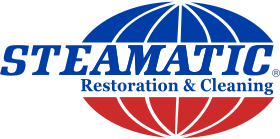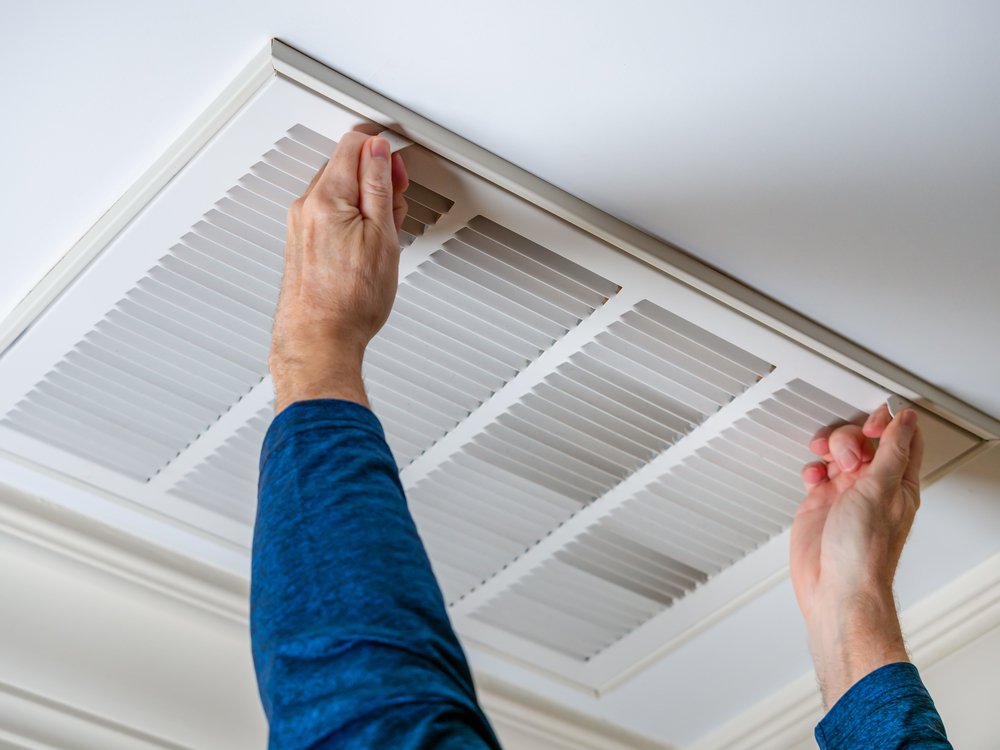Bacteria and dirt are both parts of nature, but when they’re in your home or office, they can wreak havoc. Continuous inhalation of these particles puts you at risk of infection or disease, and they can be dangerous if they settle on surfaces, too. Unfortunately, countless people live in homes with mold in air ducts, making mold exposure almost inevitable. How can you be on the lookout for contaminated vents, and more importantly, how can you remove bacteria, dirt, and irritants from your ductwork altogether? Read on for more information on cleaning your ducts and achieving better air quality.
How Professionals Remove Bacteria and Dirt from Air Ducts
Most homeowners are unfamiliar with the signs of black mold in air vents until the mold has spread substantially. However, early detection is key when it comes to mold and mildew. How do professionals detect and remove mold, bacteria, and dirt from your air ducts? A professional will use equipment to complete the following steps:
- Remove and sanitize vent grills
- Vacuum the duct work to remove debris
- Clean furnace, fan and disinfect
- Clean A/C evaporator coils and disinfect
- Spray duct interior with disinfectant spray
- Wipe surfaces with cleanser solution
- Allow all components to air dry
A professional duct cleaner is equipped to clean deep into your ducts, eliminating the debris and irritants and are hiding in the crevices. The result is a clean duct system and minimized threat of mold.
How to Prevent Mold in HVAC System
Of course, rather than having to get rid of the mold in your HVAC system, it would be great if you could simply prevent it in the first place. Mold prevention is indeed an important part of maintaining your HVAC system, but sometimes it’s more difficult than you may anticipate. The first step to preventing this is investing in a professional duct cleaning to ensure that no mold spores are lingering within your ducts.
Once you’ve had your ducts cleaned, you can prevent any new mold growth by regularly changing your system’s air filters. Failure to do so can allow the accumulation of irritants, allergens — and, yes, mold — to circulate throughout your HVAC system and into your home. Changing your air filters every six months can reduce the likelihood of such contamination and prevent mold from making your home its home.
Additionally, you can insulate your ductwork to prevent condensation, which can also be a contributing factor in mold growth. Mold loves moisture, and when condensation accumulates, it creates the perfect environment for growth. You can further combat this problem by installing dehumidifiers in spots known to house moisture.
What Causes Black Mold in Air Vents and Ducts?
If you’re wondering what exactly causes black mold to grow in a home’s air ducts and HVAC vents, there isn’t one single answer. Generally, though, the biggest contributor is the accumulation of moisture within a duct, or the environment. When cool air flows through the interior of a vent with a warmer exterior, the air’s moisture can condense, causing water droplets to appear. Mold and mildew spores are typically airborne, which means they can take hold if nothing is done to prevent their growth.
Symptoms of Black Mold Exposure of Black Mold Infestation
How do you know if you’ve been exposed to black mold growing in your air ducts? Mold isn’t always immediately visible — especially if it’s hidden away in an air duct — but there are tell-tale signs that indicate you may be experiencing exposure. Some of these symptoms include the following:
- Chronic cough
- Persistent eye irritation
- Skin inflammation
- Mucus in nose and throat
- Rashes on skin
- Chronic fatigue
- Consistent headaches
All of these signs are a potential indication that you have been exposed to black mold or some other environmental irritant that may be circulating through your air vents. You must get your air vents cleaned out as soon as possible to reduce the risk of continuous exposure.
If mold exposure does not cease, long-term consequences can include the development of toxic mold syndrome. Some people are genetically predisposed to this disease, which impedes the body’s ability to naturally remove mold toxins. Toxins then accumulate in your body and can potentially cause severe health problems. Even for people who do not have toxic mold syndrome, mold emits carcinogenic toxins such as Aflatoxin, making it dangerous to anybody in its vicinity.
Allergic Reactions Black Mold Can Cause
The carcinogenic potential of black mold is just one of the risks of exposure. A milder and more common risk is the allergic reaction that these mold spores often cause. Symptoms of an allergic reaction can include the following:
- Nausea and vomiting
- Nose bleeds
- Internal bleeding from lungs
- Shortness of breath
In addition to these symptoms, a mold allergy can cause an asthma attack when mold spores enter the lungs. Don’t put your health on the line by letting mold linger in your home’s ductwork.
Allergic reactions to mold can range from minor to fatal. Though rare, anaphylaxis can occur due to mold exposure if a person is extremely allergic. Typically, though, reactions are more likely to include the aforementioned symptoms of respiratory irritation or breathing problems. Even if an allergic reaction appears to be minor, it’s important to note that extended exposure worsens the symptoms. If you suspect that you may be in an environment where mold spores are present, you should vacate as soon as possible and have the spores removed by a professional to ensure your home is safe.
Eliminate Mold and Mildew From Your Ducts
Mold and mildew are some of the most malicious irritants that can be lurking in your ductwork. Though you may not be able to see the spores, you’ll certainly feel the symptoms when you inhale them. Mold exposure can be a major threat to your health, but luckily, eliminating the problem is simple. Steamatic of Colorado Springs specializes in cleaning air ducts and removing black mold in ductwork, for residential and commercial clients throughout the Colorado Springs area. To schedule your air duct cleaning, call us at (719) 390-3872 or reach out online for more information.
Image Source: The Toidi / Shutterstock






